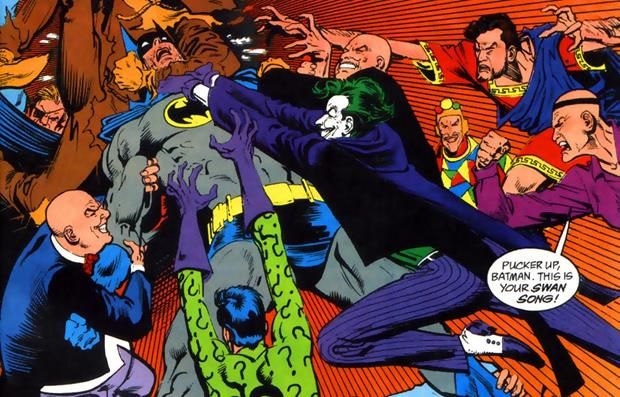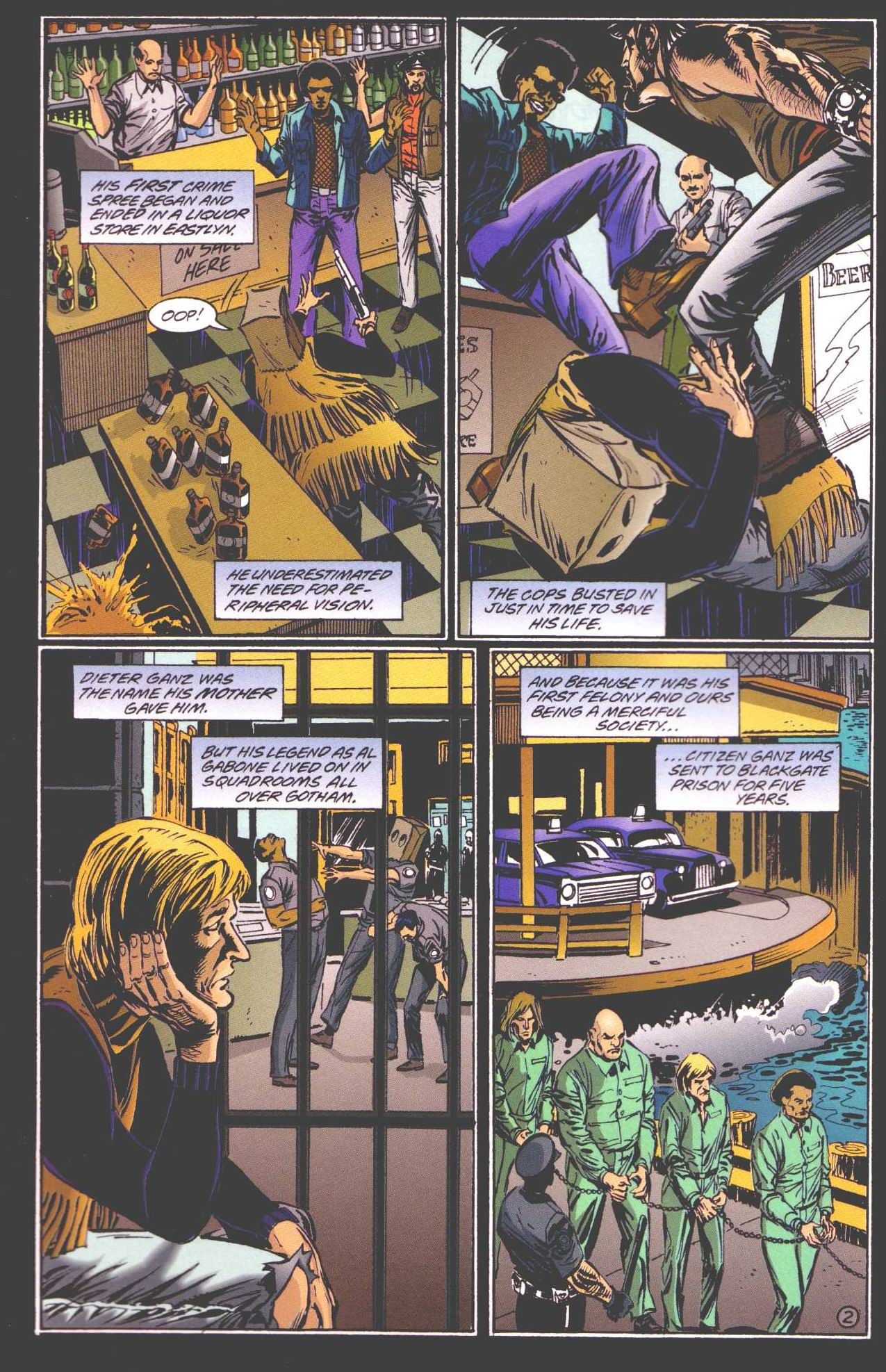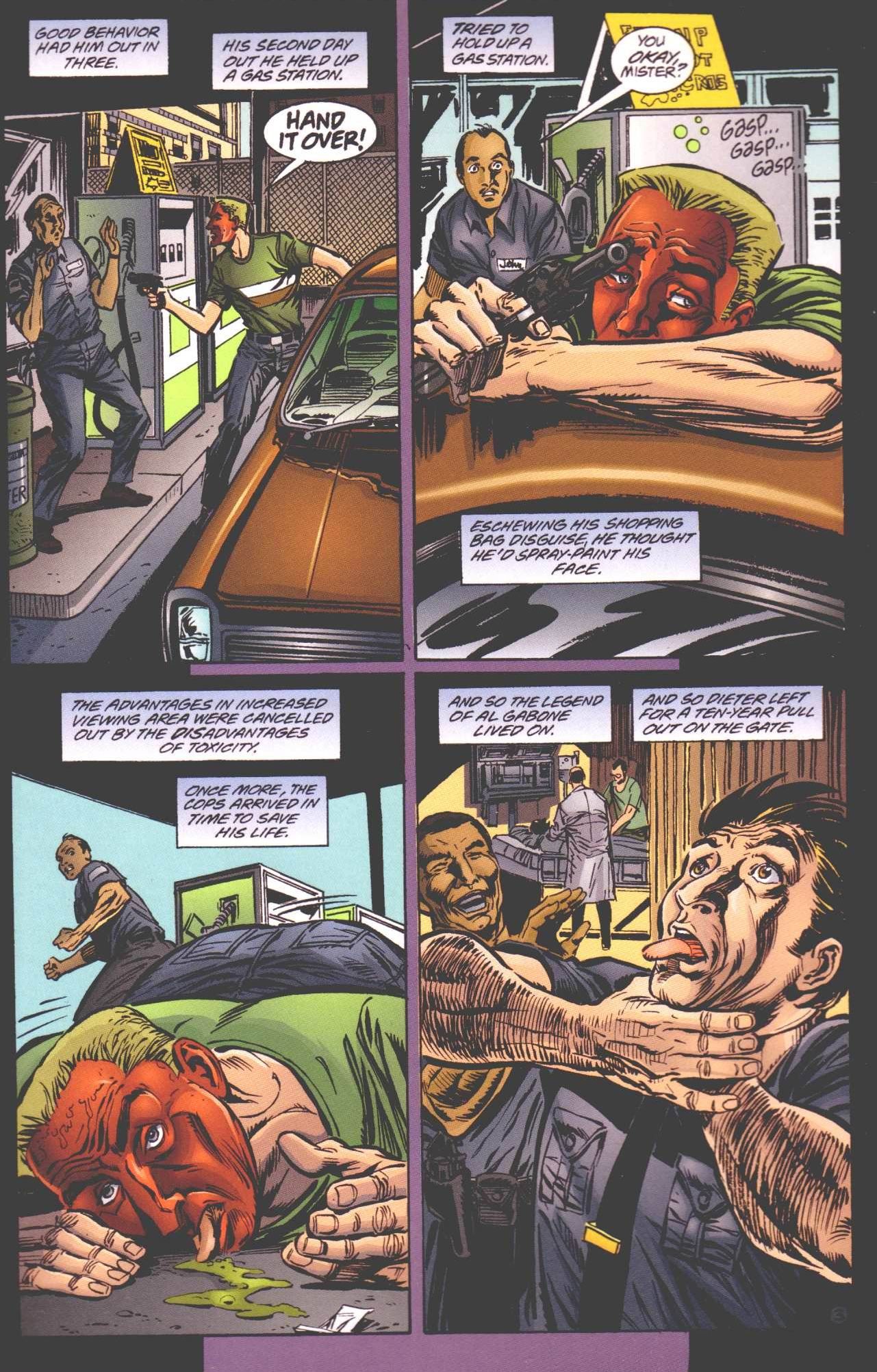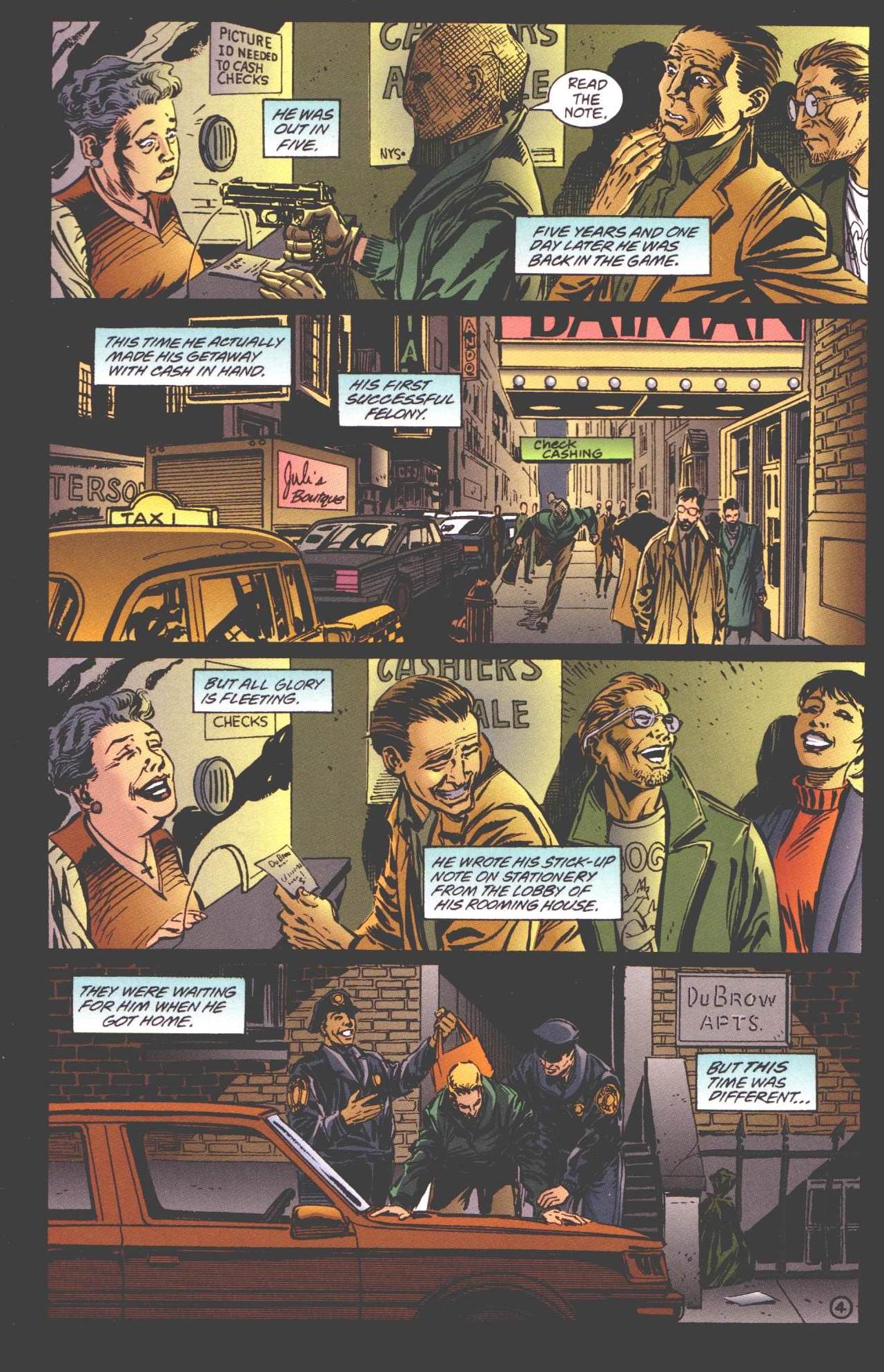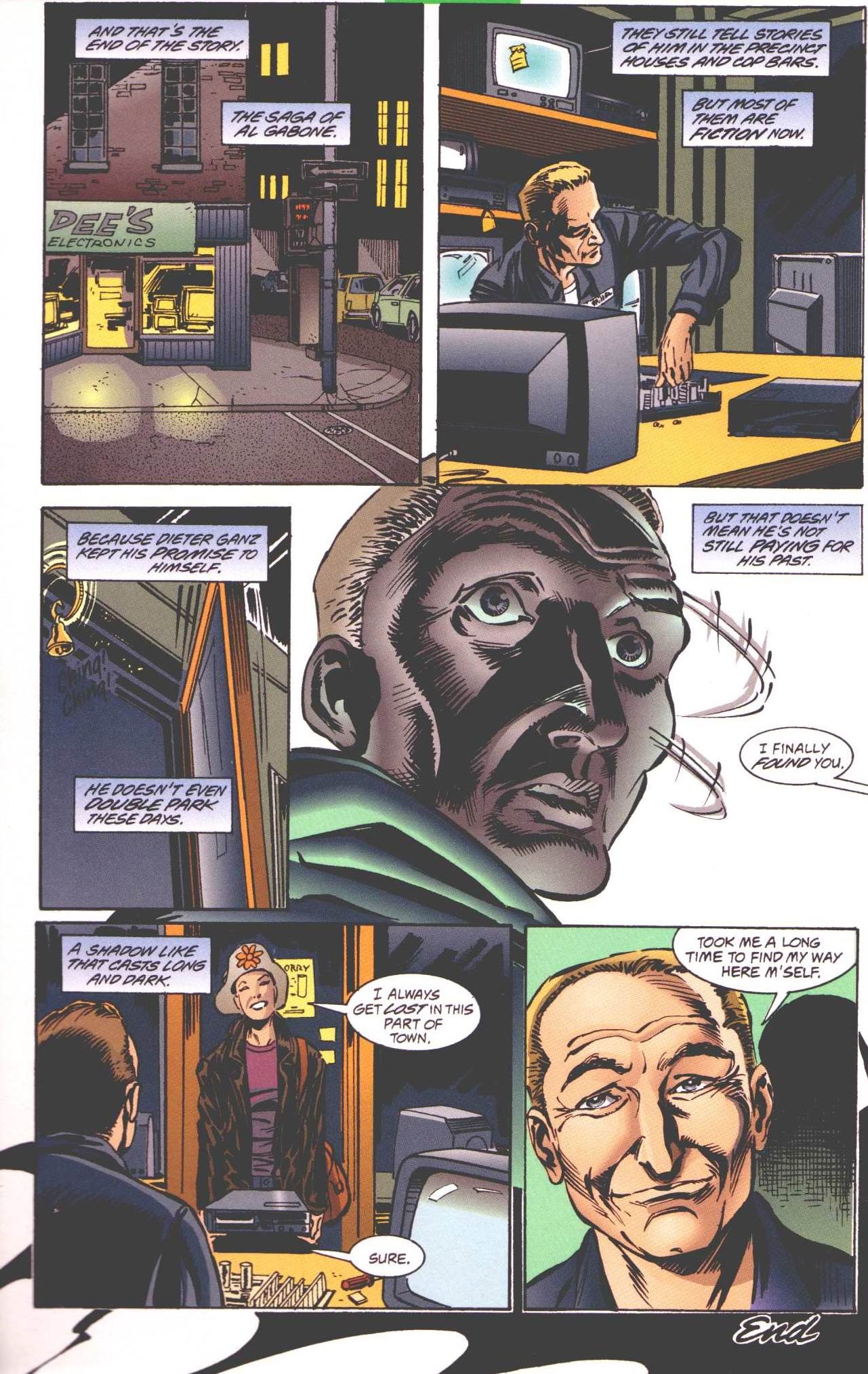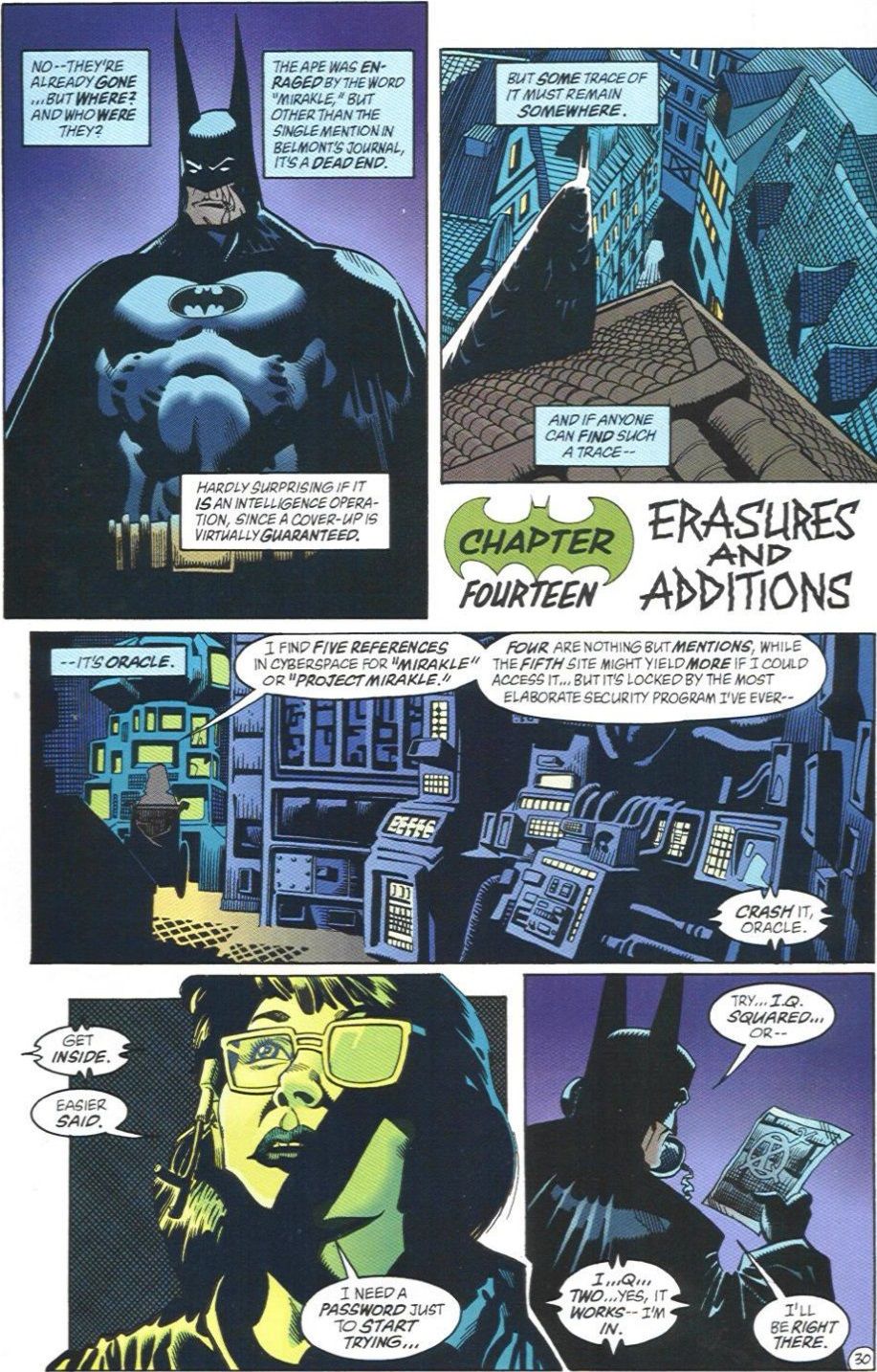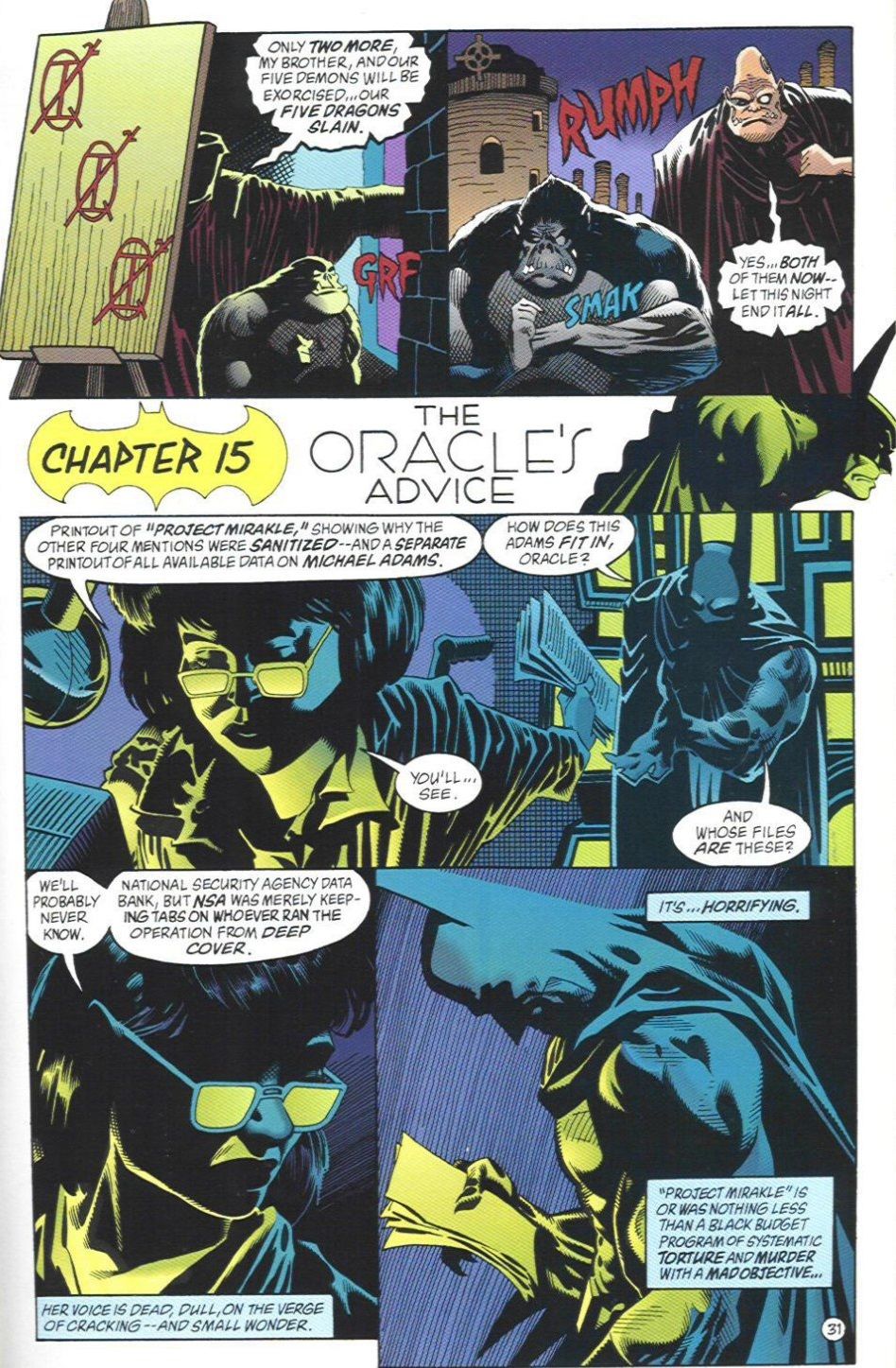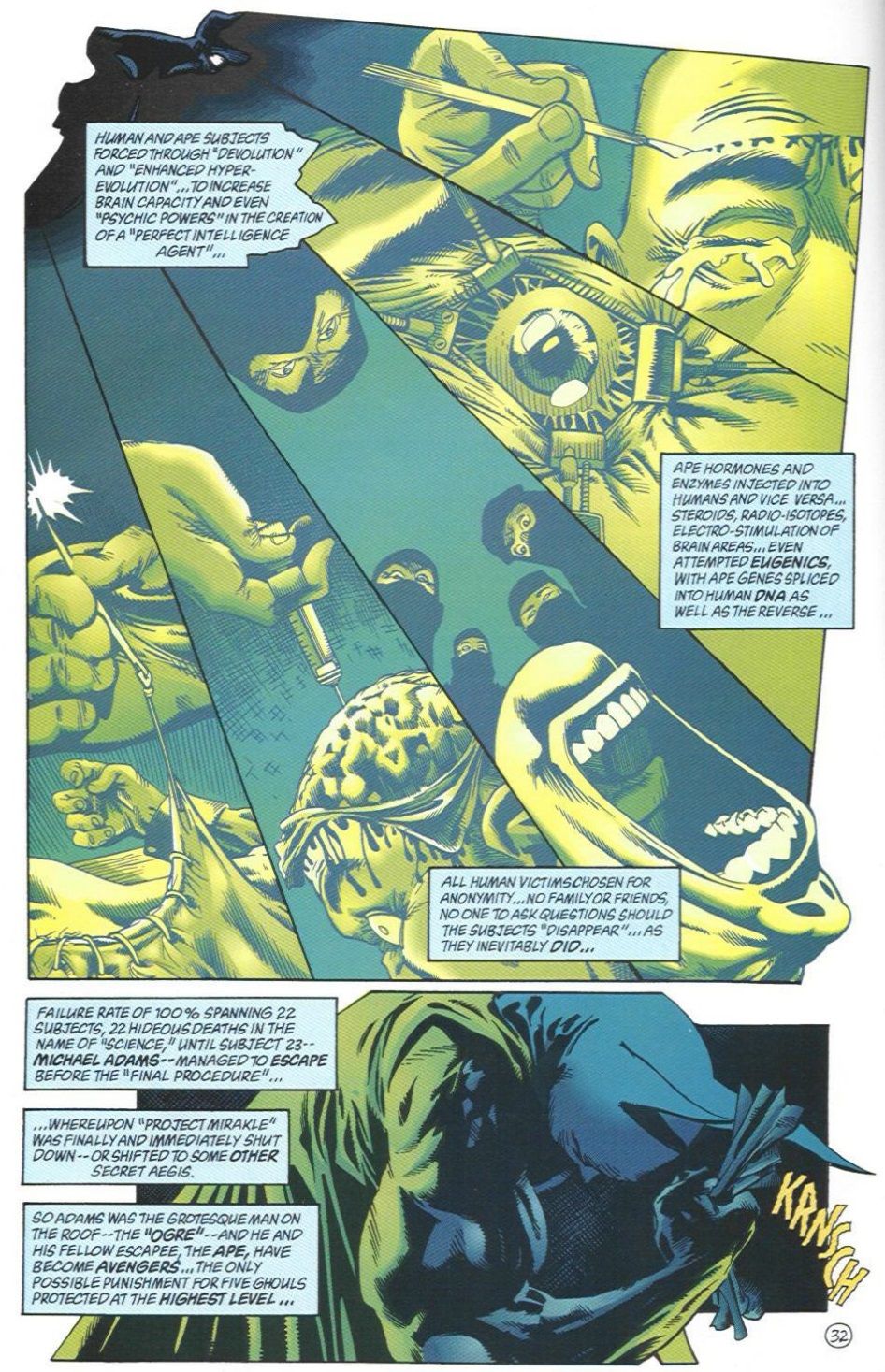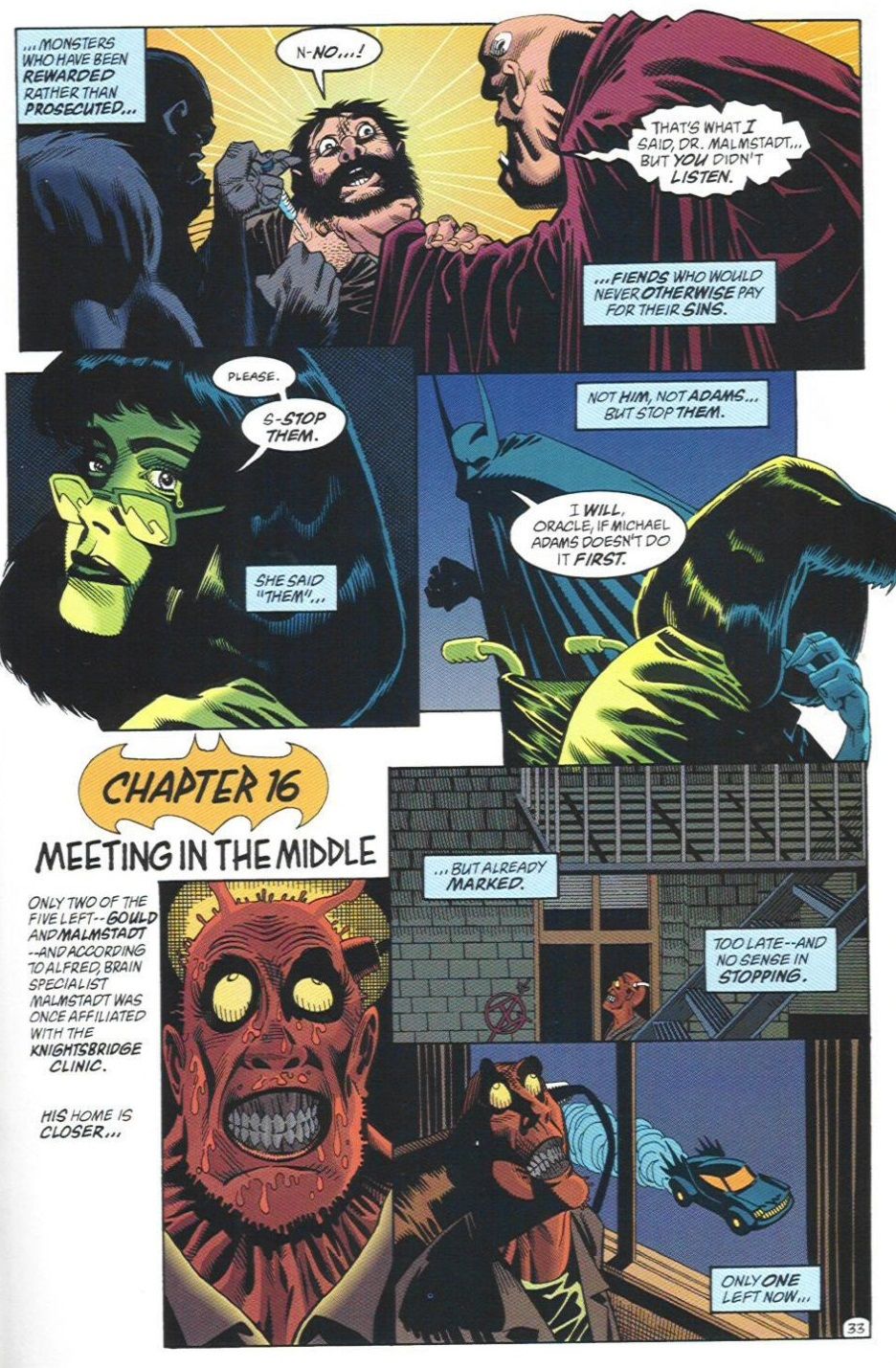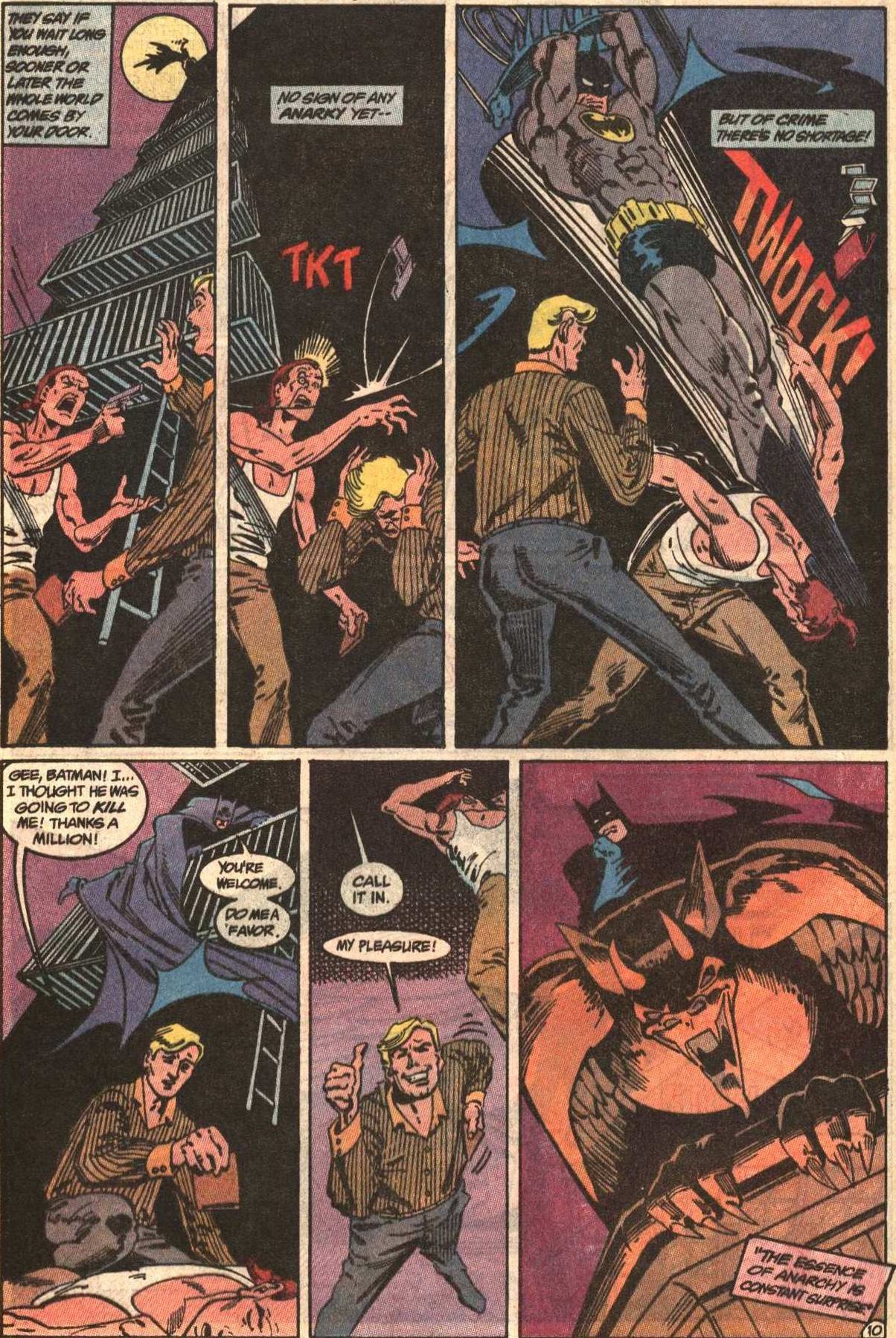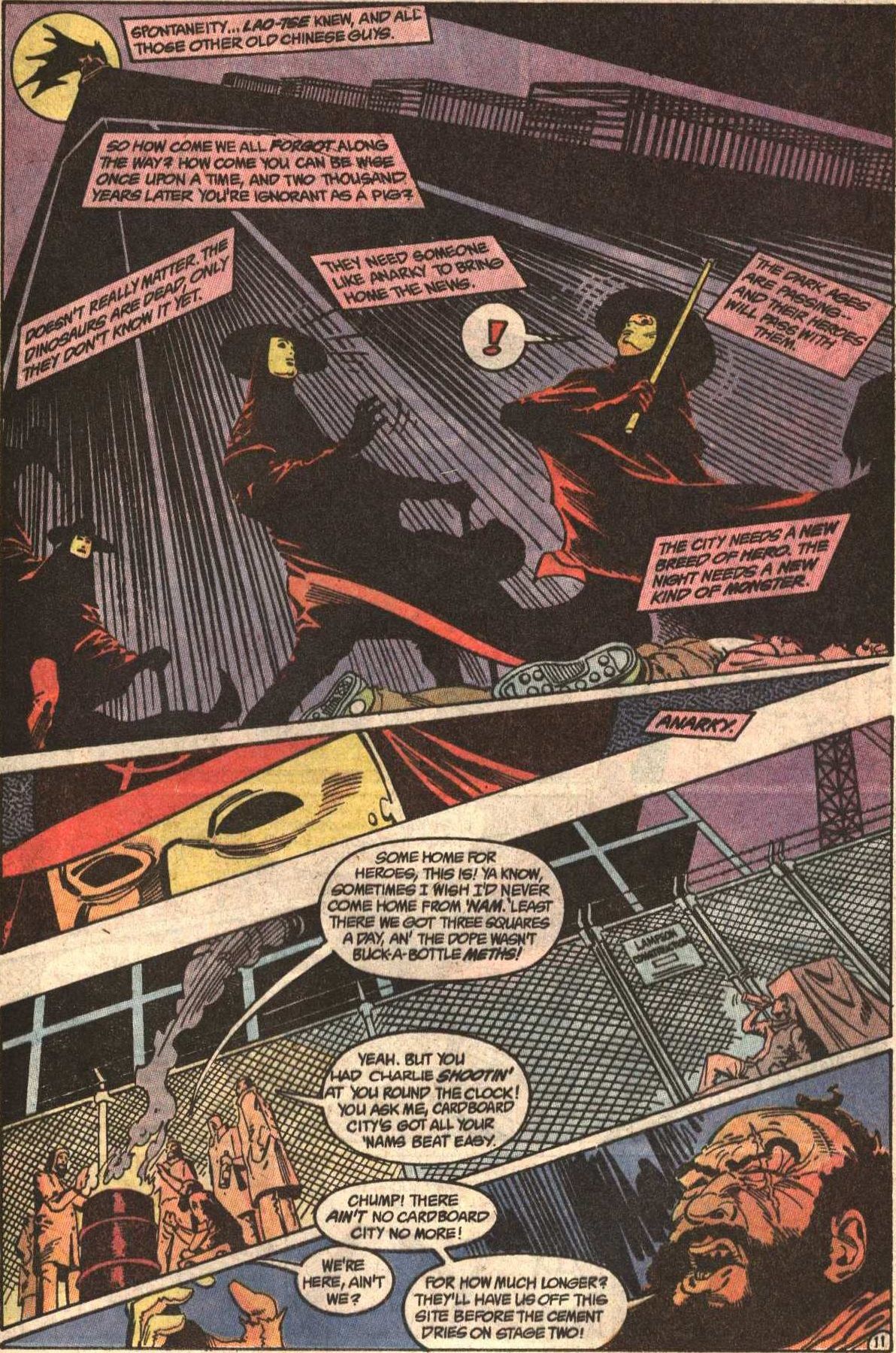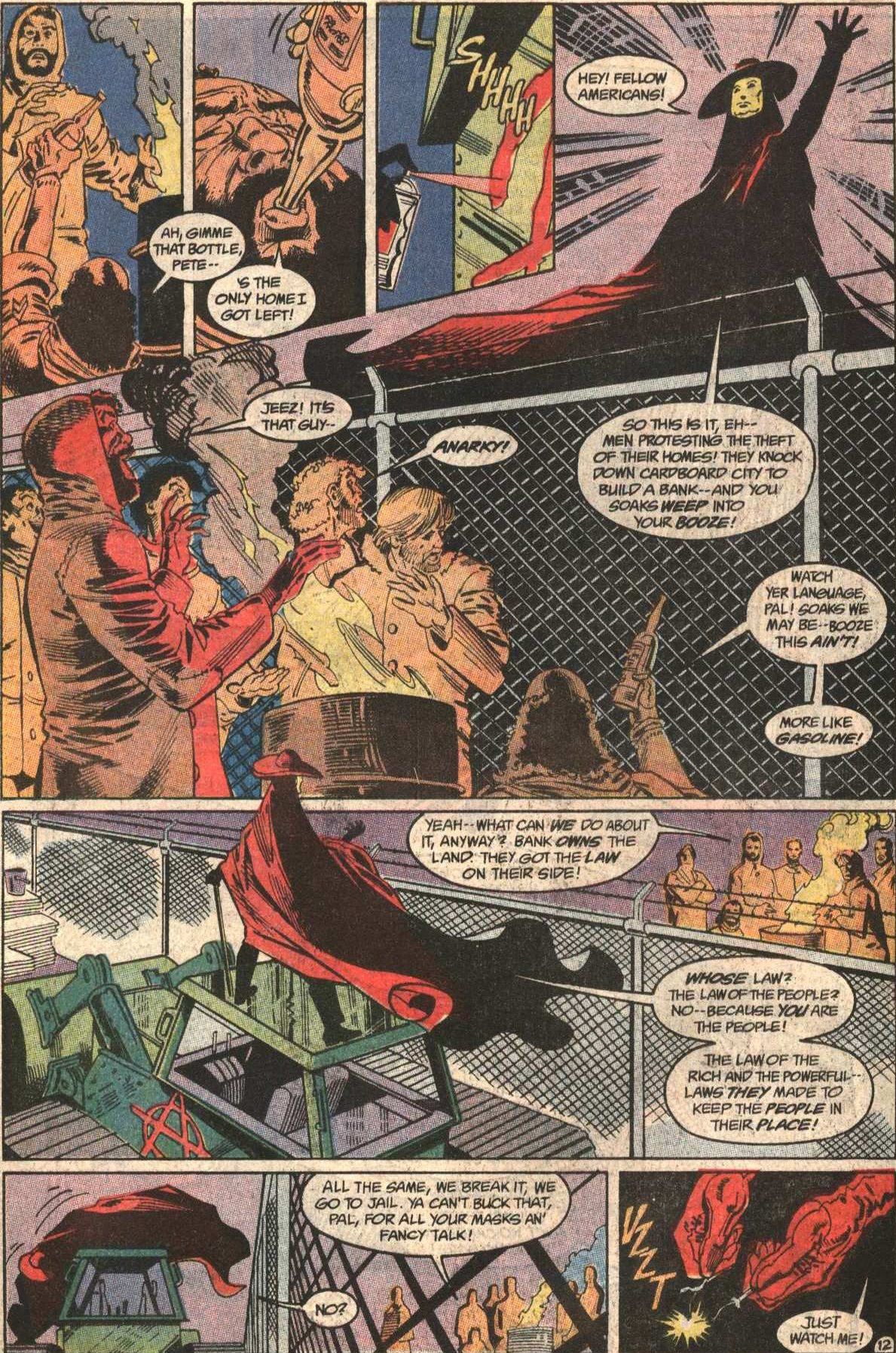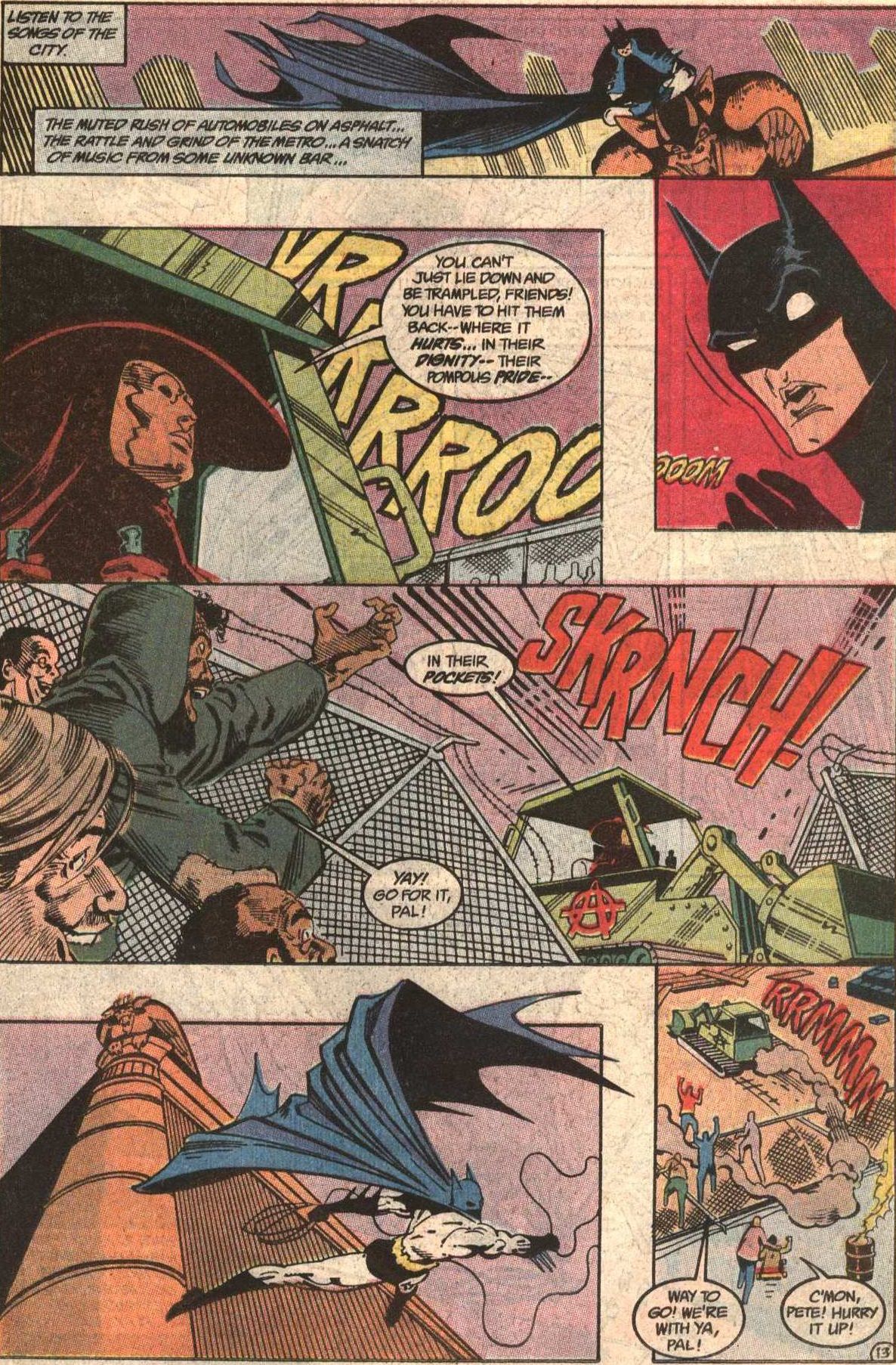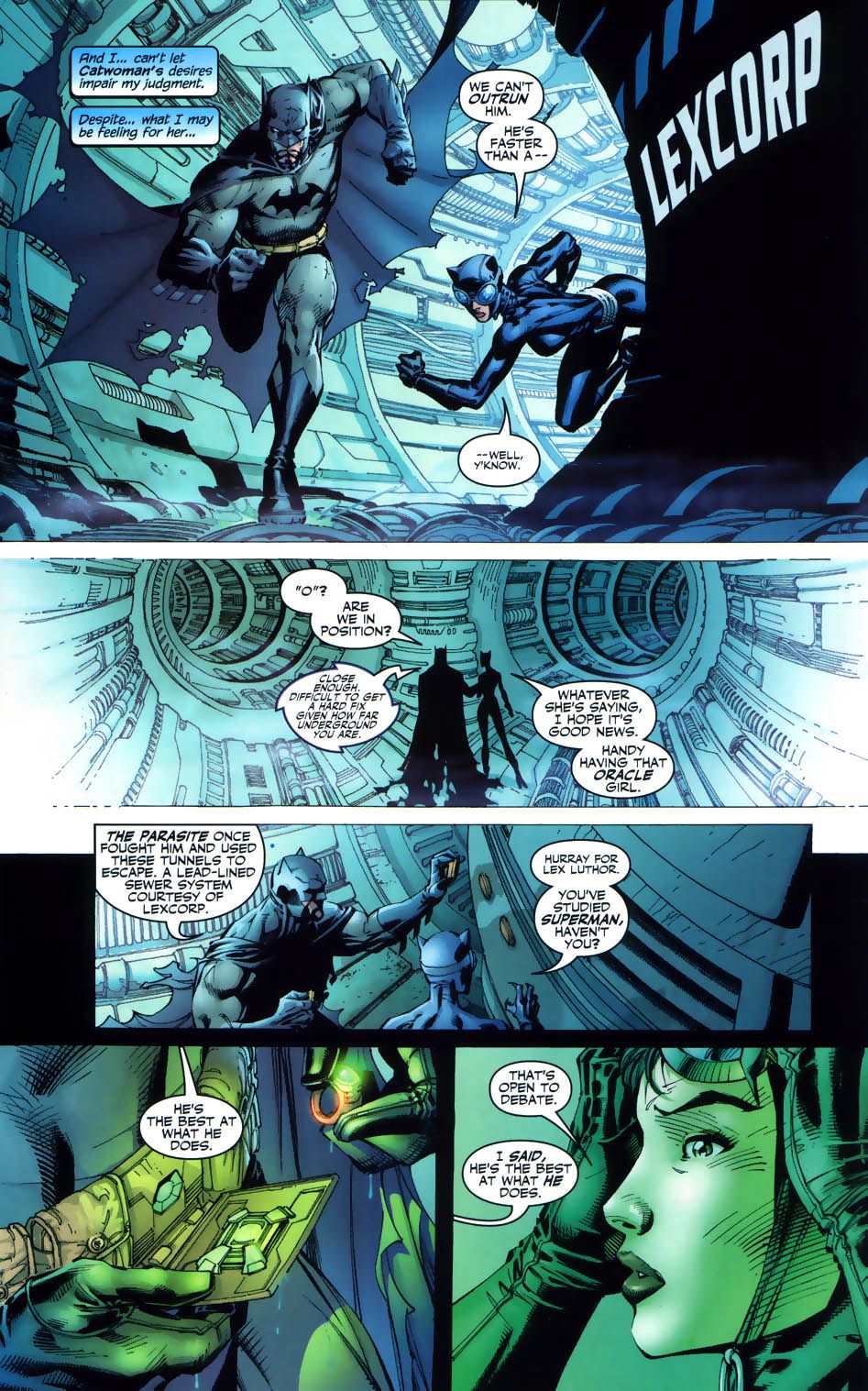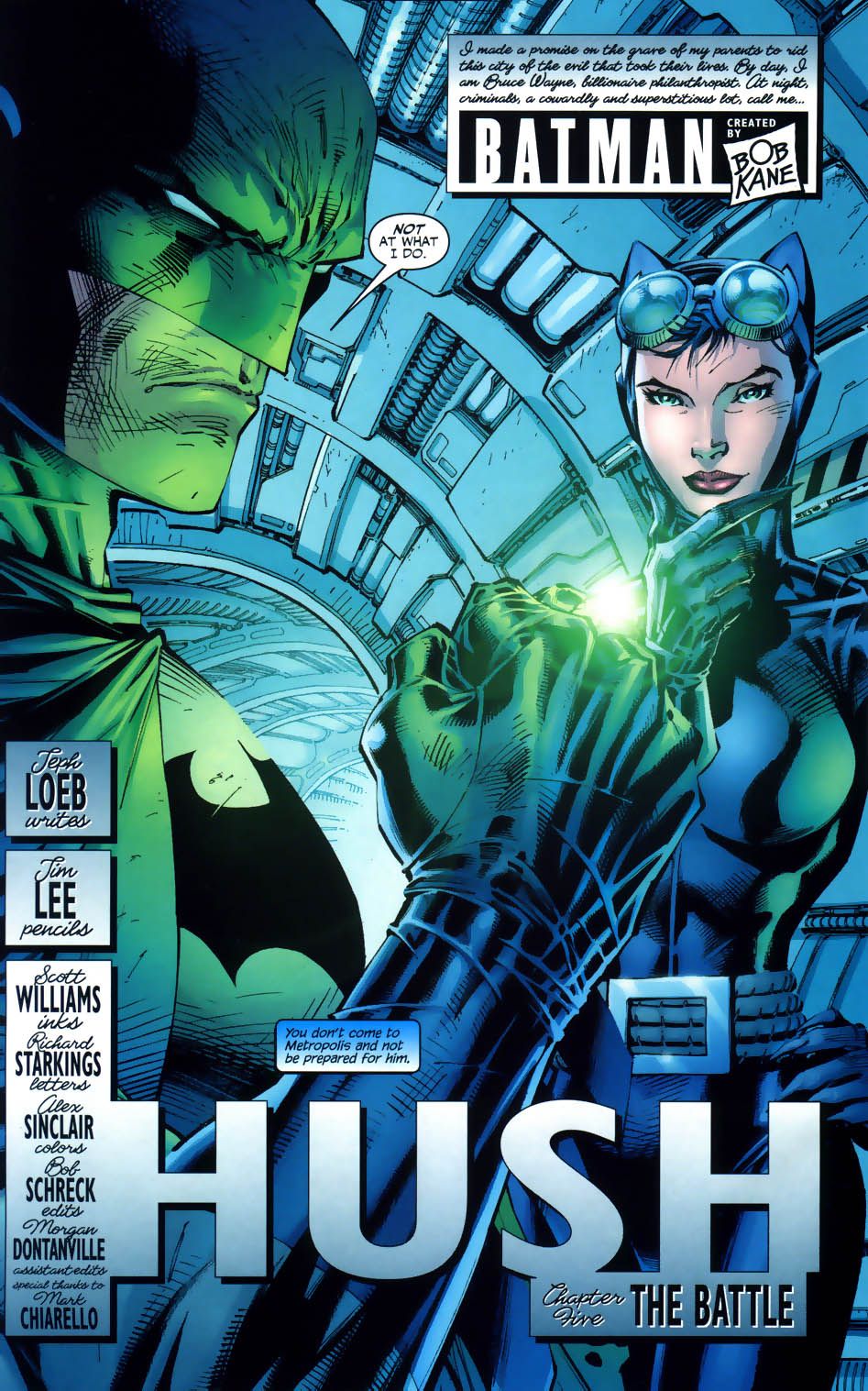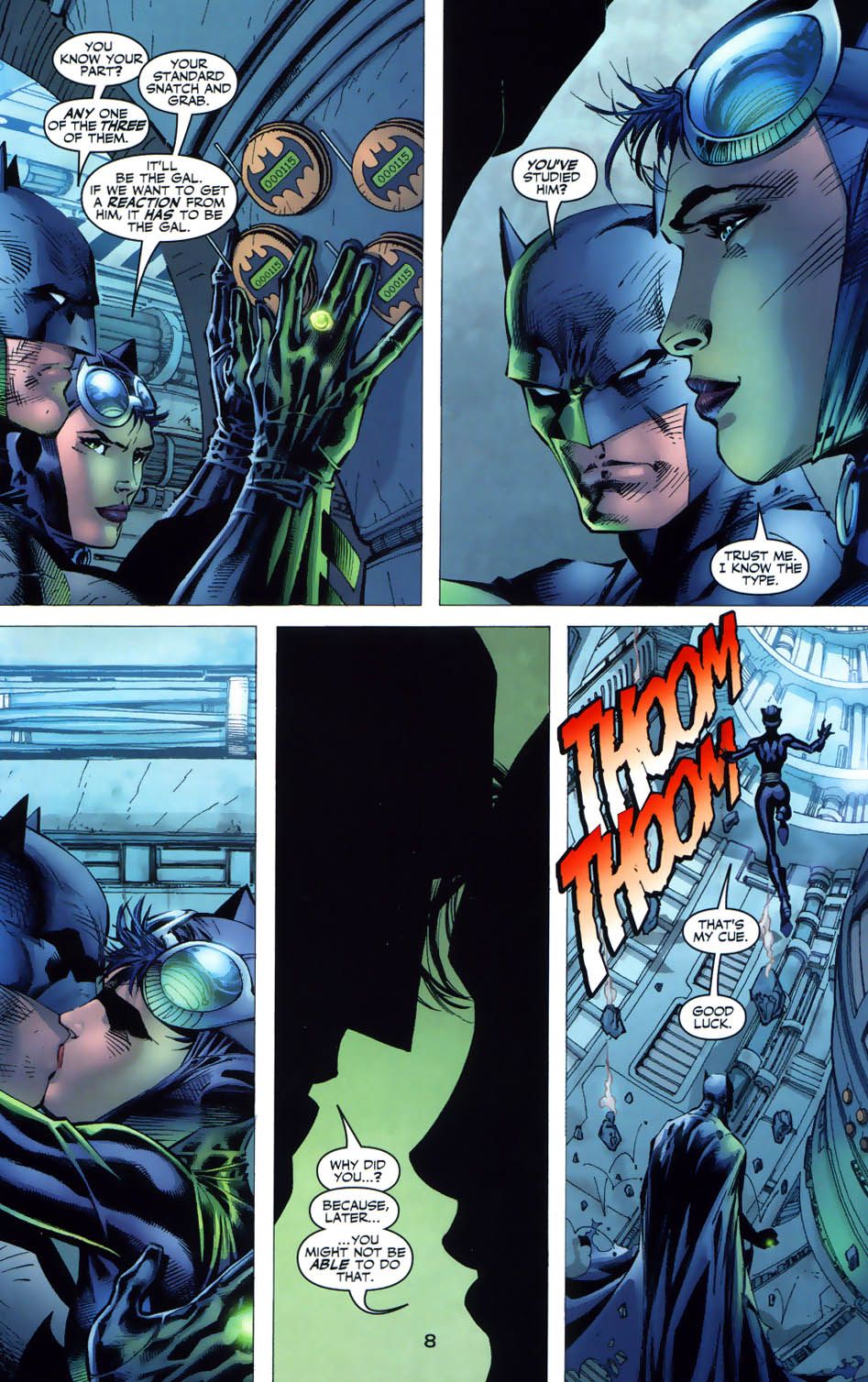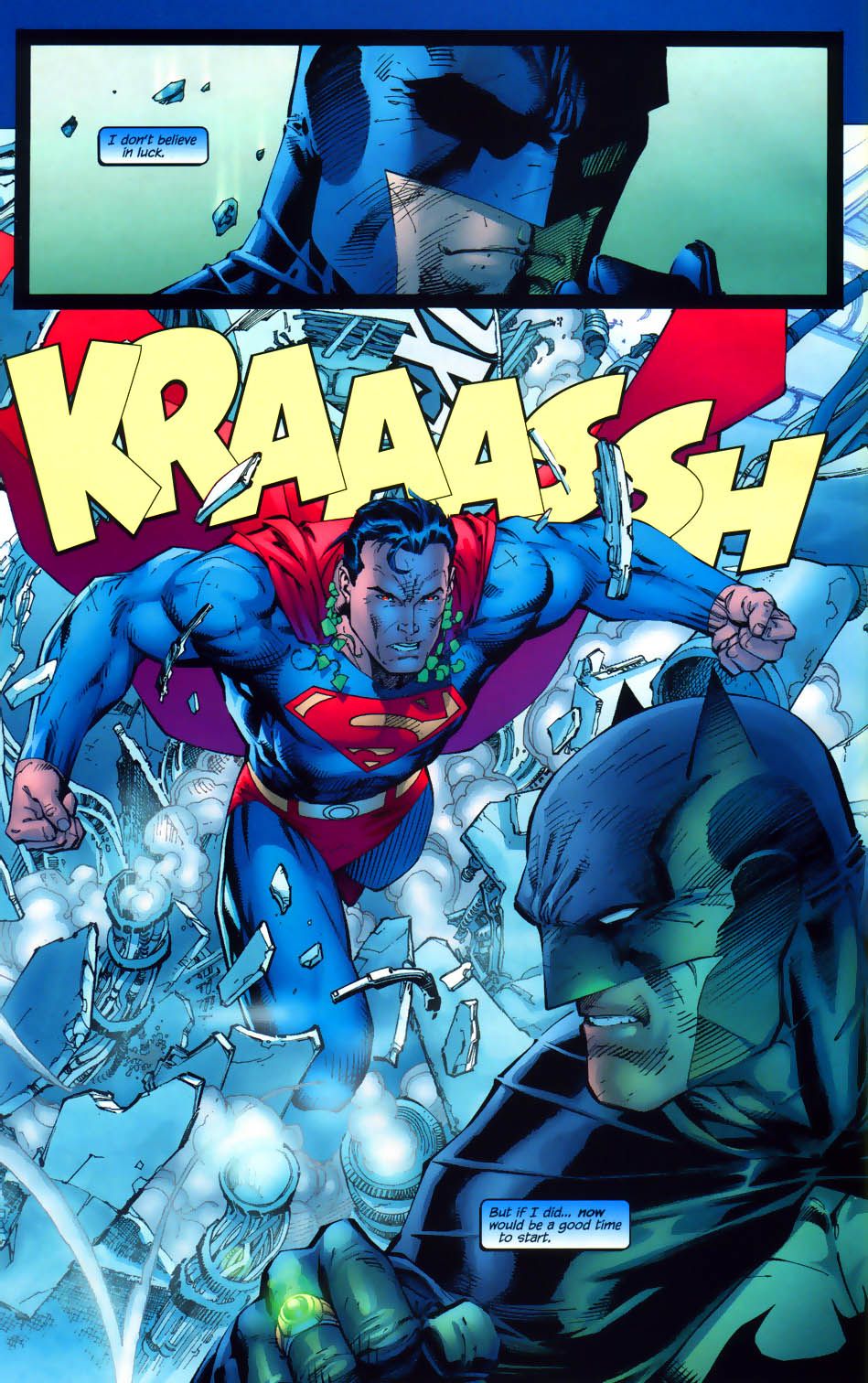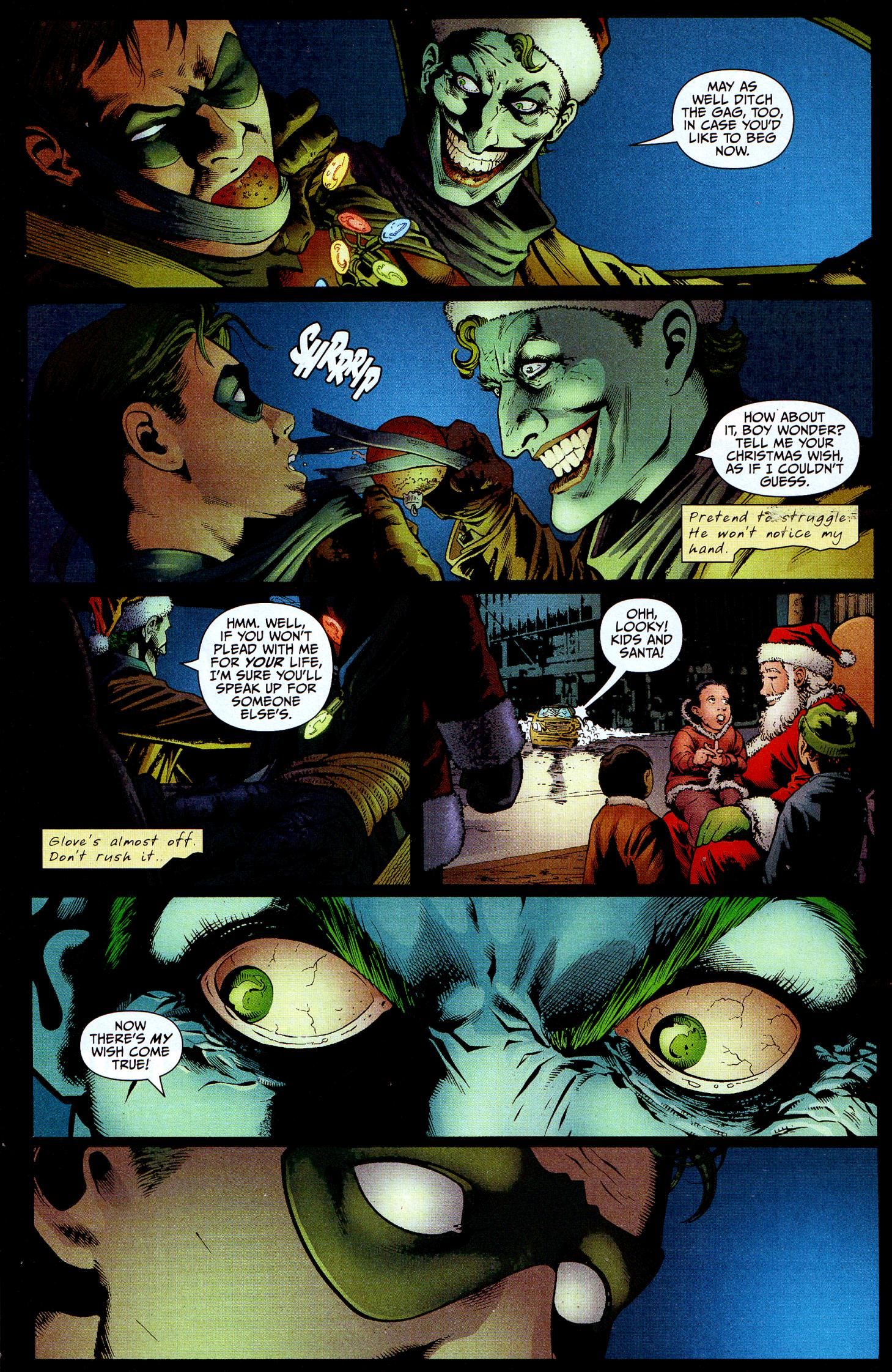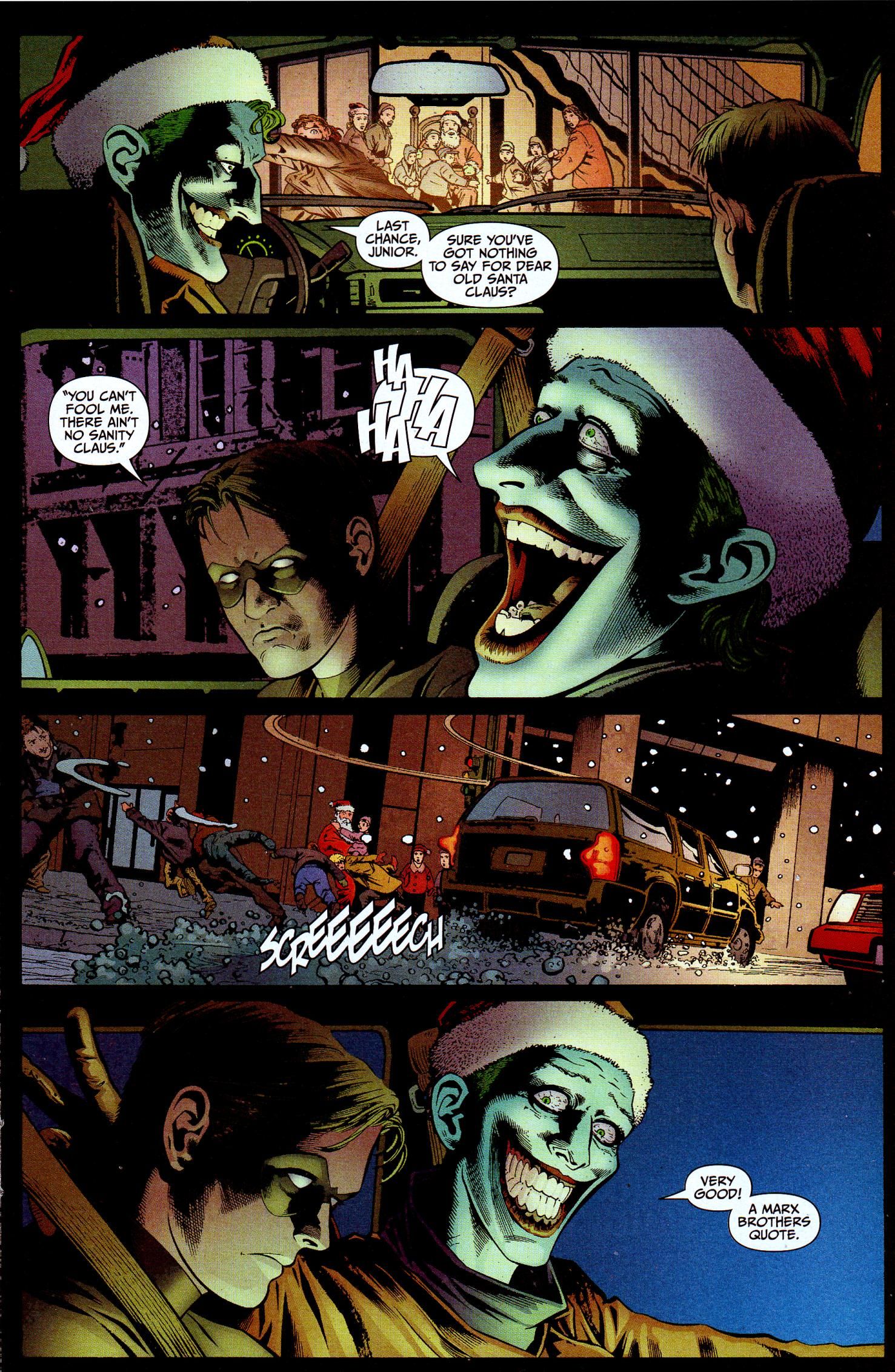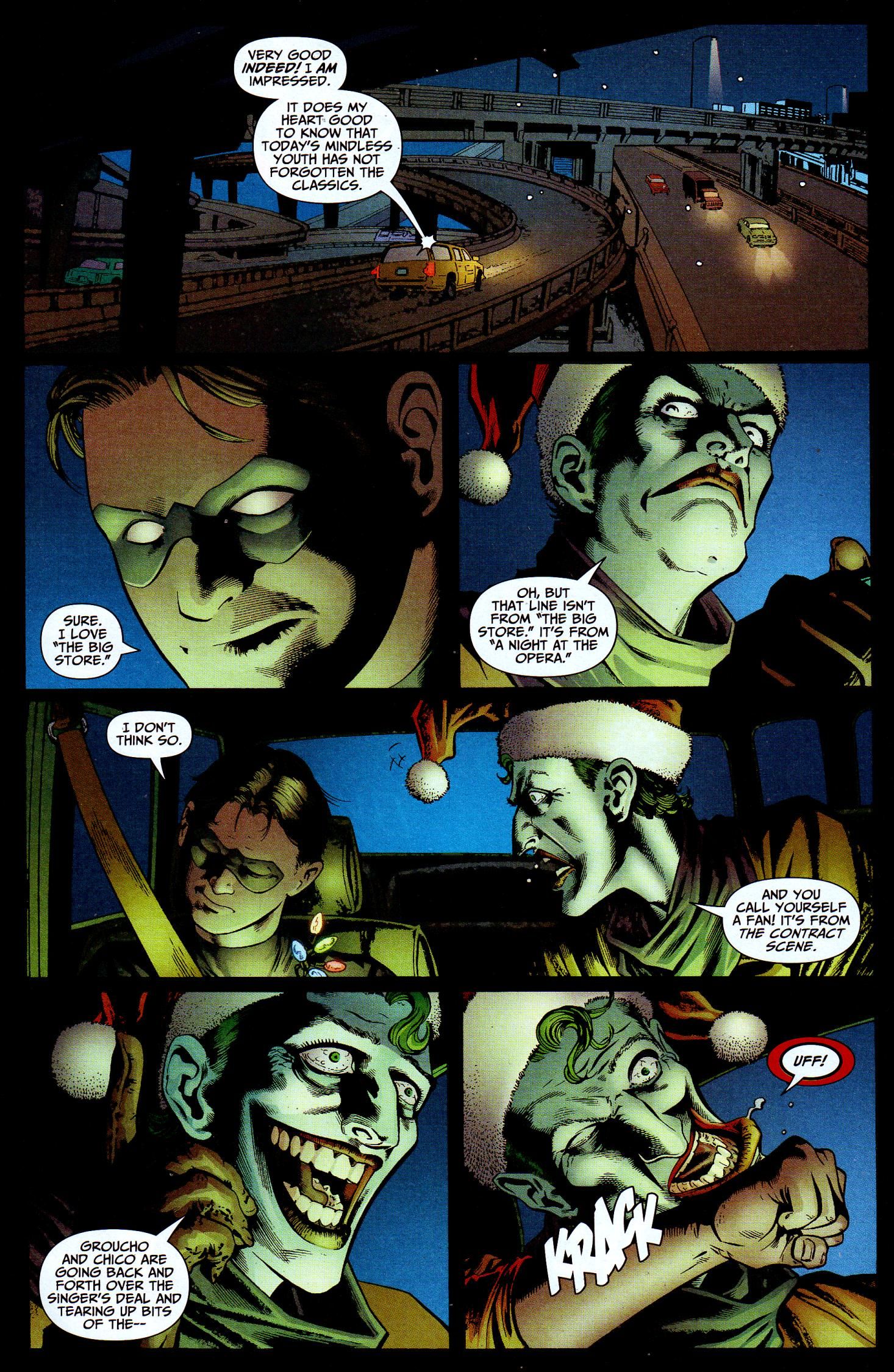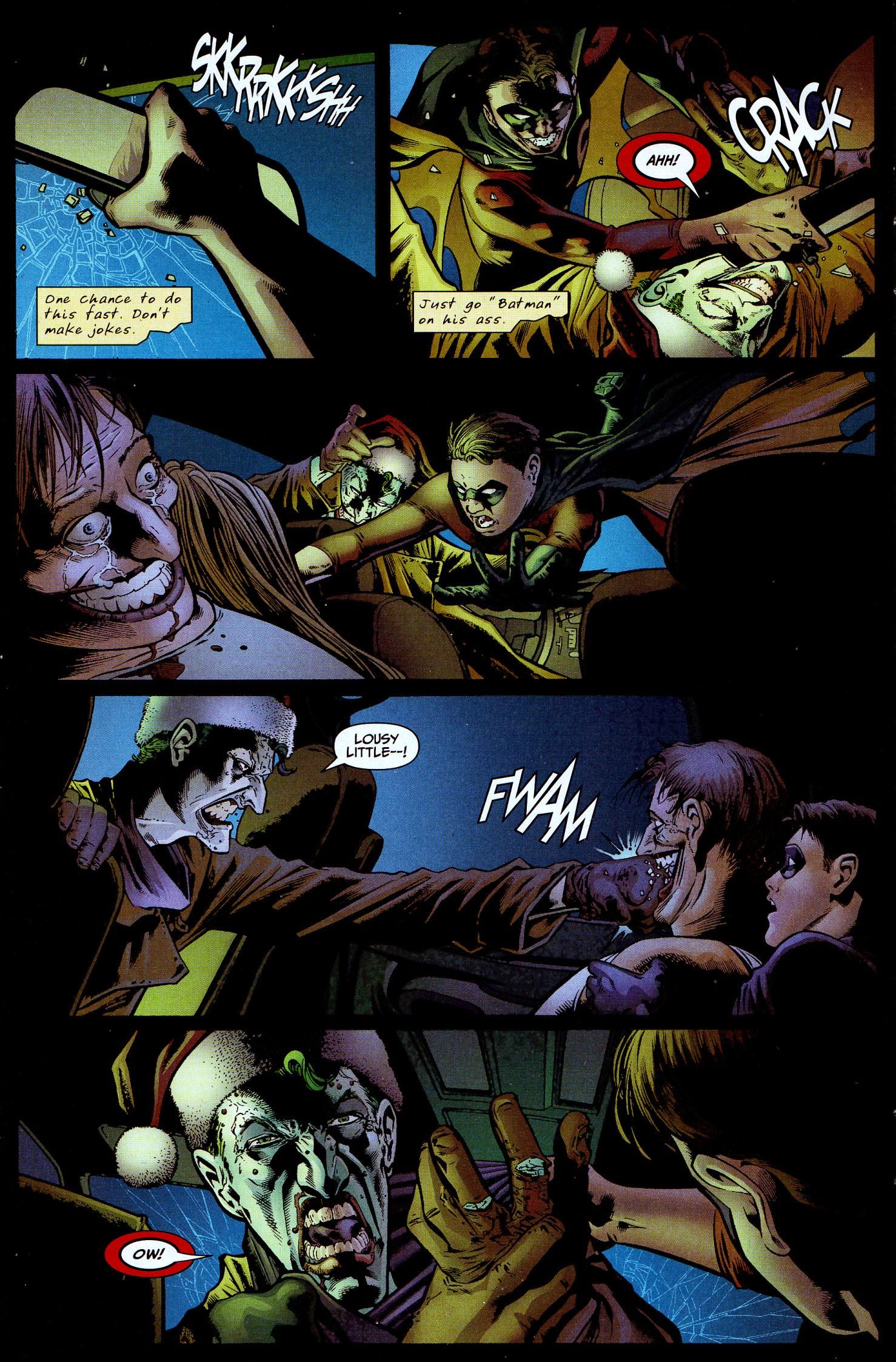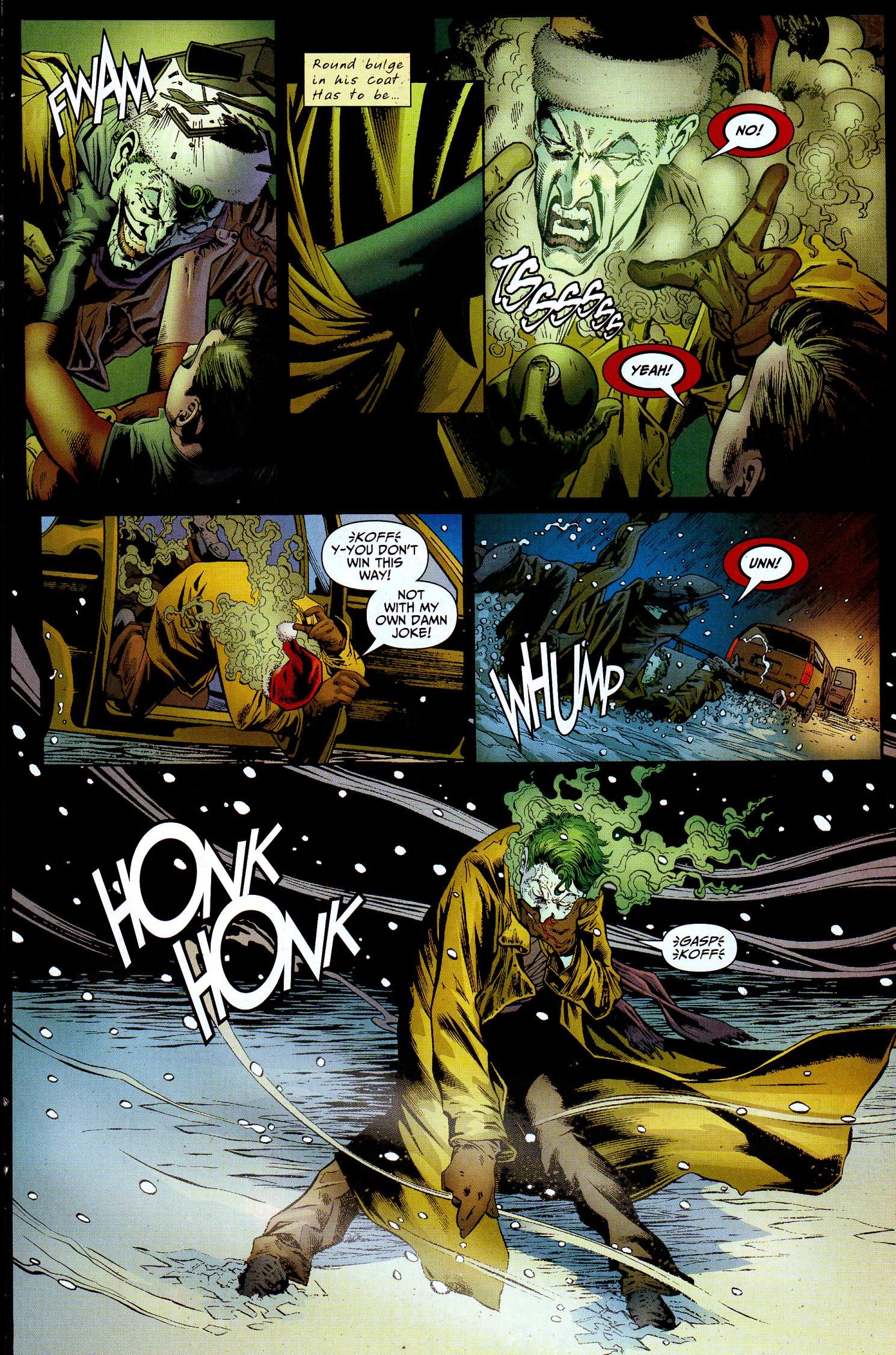In honor of the seventy-fifth anniversary of Batman, we're doing four straight months of polls having to do with Batman, culminating with the official celebration of Batman's anniversary at the end of July. The last installment will deal with Batman stories, but this month will be about Batman's writers and artists (40 artists and 35 writers).
You all voted, now here are the results! Here is a master list of all the writers and artists featured so far. We continue with Batman artists #15-11...
Enjoy!
NOTE: Don't be a jerk about creators in the comments section. If you are not a fan of a particular creator, that's fine, but be respectful about it. No insulting creators or otherwise being a jerk about creators. Specifically, no "Creator X better not be in the top ten!" or variations of that idea ("Creator X better not be ahead of Creator Y," etc.) I'll be deleting any comments like that and, depending on how jerky the comment was, banning commenters.
10. Chuck Dixon
Few creators outside of Chris Claremont had quite the control over a single line of comic books as Chuck Dixon had over the Batman universe during the mid-to-late 1990s. Not only did Dixon write Detective Comics from 1992 through 1998 (plus a few stories during the year-long No Man's Land crossover of 1999) he also wrote the spin-off titles Robin, Nightwing, Birds of Prey and a stint on Catwoman, to boot! Plus, of course, creating the villain Bane in a one-shot Vengeance of Bane. Not to mention a number of related Batman mini-series, one-shots and graphic novels.
Dixon's Batman stories tended to be well-thought out detective tales mixed with character-driven stories mixed with occasional forays into outright action epics. In an era nearly devoid of "done in one" stories, Dixon was a master of them. He did a really good one on Harvey Bullock and another really good one showing Batman stuck in his Bruce Wayne persona for a whole issue while still trying to save the day without giving away his identity.
Dixon was very kind to Batman's Rogues Gallery, with both the Penguin and the Riddler doing very well under his pen (one thing Dixon was not was a deconstructionist - he took an above board approach to his characters that really served them well).
Dixon was also probably the biggest proponent Gotham City's Police Department ever had (at least until the days of Gotham Central). Dixon routinely spotlighted Harvey Bullock, Renee Montoya and Commissioner Gordon (as well as other GCPD characters like Hardback Bock). Dixon did a GCPD mini-series that was a lot of fun and he also did a Gordon mini-series that was strong, as well.
A problem with a run this long is picking out a representative story. I have to go with a Nolan story, so how about an example of Dixon's one-off storytelling?
In this one-shot in Detective Comics #704, we meet a hapless crook who just doesn't know when to stop...
When he is released again after a number of years, he gets sucked right back into a crime as a driver for a bigshot gangster. In the end, Batman is given the choice of following the big time guy or the driver. He chooses the real villainous guy and the driver escapes. Batman is not too worried, though, as he is bound to get caught later on when he tries another job, as Batman's not familiar with any crook staying away from the game, as it were. Except, of course...
What a great ending. A typical Chuck Dixon tale!
9. Doug Moench
Doug Moench followed Gene Colan over to DC from Marvel Comics. Moench took over the Bat-titles from Gerry Conway and continued Conway's novel idea of using both Batman and Detective Comics to tell a continuous story - essentially one Batman title shipping twice a month. In this initial run, Moench really played up the soap opera aspect of the continuous narrative, as the books definitely began to evoke a soap opera, particularly the myriad of love interests he had for Batman during this stint (Nocturna, Catwoman, Vicki Vale and Alfred's niece Julia Pennyworth). Moench's initial run ran for over 80 issues, culminating in a classic "Batman versus all his villains" anniversary spectacular in Batman #400. Denny O'Neil took over as Batman editor at this point and squelched the whole "one guy writing both books" routine. Moench didn't leave the Bat-Universe entirely over the next few years. He wrote an excellent Legends of the Dark Knight story about Batman's early days (where Hugo Strange was poisoning Batman's reputation with Gotham's police) and he began doing a series of acclaimed graphic novels with artist Kelley Jones featuring a vampire version of Batman.
Eventually, six years after removing Moench from the ongoing series, O'Neil brought Moench back to take over the main Batman title after Alan Grant left that book to launch the third ongoing Batman title, Shadow of the Bat. Moench joined the Bat-books just in time to plot the blockbuster crossover Knightfall with Grant and Chuck Dixon. Moench (and Moench's bank account) gained the added benefit of specifically writing the "Bane breaks Batman's back" issue as well as Batman #500, where the new Batman, Azrael, defeats Bane. After all of that drama finished up, Moench was reunited with his vampire Batman collaborator, Kelley Jones, as the main artist on Batman featuring a returned Bruce Wayne.
Their run ran from 1994-1998, just in time for the launch of X-Files, a hit television show dealing with conspiracy theories. Moench's Batman run was filled with conspiracy theories. Kelley Jones' moody and macabre artwork and Moench's paranoia are probably the two most memorable aspects of this run. Take this bit from Batman #535 for a wonderfully dark combination of them both...
Moench and Jones' run was sadly cut short by No Man's Land. Moench was kept busy on other Batman projects, like a couple of mini-series and a couple of Legends of the Dark Knight stories for the next couple of years before he more or less was finished with the Bat-titles by 2002. He and Jones have reunited a few times since then for Batman projects, including a horror-themed mini-series from 2009-10.
8. Alan Grant
Alan Grant debuted on Detective Comics with co-writer John Wagner before soon taking over the book by himself. Working with artist Norm Breyfogle, Grant worked on Detective for roughly twenty issues before the Grant/Breyfogle team moved over to the main Batman series for another twenty issues or so before they then launched a brand-new series, Shadow of the Bat together. Breyfogle then left the Bat-books, leaving Grant alone on Shadow of the Bat, where Grant remained for the next six years before the Bat-book shakeup of No Man's Land left Grant off of the Bat-book island. He's done a few Batman stories here and there since.
Probably the most remarkable aspect of Grant's run on Batman was the way that he kept introducing cool new characters. If you looked at the top new additions to the Bat-mythos from the late 1980s and early 1990s, Grant contributed a good chunk of them, from the Ventriloquist and Scarface (co-created by John Wagner) to Mr. Zsasz to Jeremiah Arkham to what is likely Grant's personal favorite contribution, the anarchist aptly named Anarky...
Grant's stories had a real bent toward social justice. He tackled a number of issues like corporate greed and the plight of the homeless. He basically would frequently address issues that he found interesting and just adapt them into Batman stories. He wrote an excellent arc about marijuana. Between he and Doug Moench, the Bat-books of the mid-1990s had a whole of of stories that were based on a personal interest of the main writer. Luckily, Grant's interests were interesting in their own right.
Go to the next page to see #7-6!
7. Jeph Loeb
Jeph Loeb's contributions to the Bat Universe began small, with just a one-shot for Halloween with artist Tim Sale. Then they did another one. Then another one. And then the pair decided to turn their annual Halloween one-shots into a sweeping epic maxi-series known as The Long Halloween, examining the world of Batman after Year One, as Frank Miller had left the case of the crime bosses of Gotham quite unsettled. The Long Halloween led to a sequel, Dark Victory, and a spin-off of sorts starring Catwoman.
Loeb then made his way to the main Batman title where he and Jim Lee got together for one of the most popular storylines of all-time, the epic known as Hush. Loeb knows how to tell big stories, and few stories are quite as big as Hush. The story brought into play pretty much every major Batman villain and every major Batman ally, plus a few minor ones! All to tell the mystery of someone who knows Batman's secret identity and is trying to destroy him.
Few parts of Hush spotlight Loeb's willingness to go BIG more so than first having Batman and Catwoman finally get together Post-Crisis and then have Superman show up under the control of Poison Ivy...
See what I mean? Loeb knows so well how to use the BIG moment. And he is a favorite writer for so many artists because he knows how to get the best out of their artwork. He's an artist's writer, for sure. It is little surprise that the top artists in the field have all lined up to work with him on various projects.
He followed up Hush by launching and then having an extended run on a Batman/Superman team-up series that pitted the heroes against President Lex Luthor and then introduced a brand-new Supergirl (who Batman doesn't trust) and then saw the Legion of Super-Villains alter the past so that Batman and Superman are villains. He worked with star artists Ed McGuinness, Michael Turner and Carlos Pachecho on this run.
Between Hush, Superman/Batman and The Long Halloween, Jeph Loeb is responsible for three of the most popular Batman story collections of all-time.
6. Paul Dini
Paul Dini became known to Batman fans as a writer and producer on the famed Batman: The Animated Series. After drawing wide acclaim for that series, he turned to the world of Batman comic books. He had a short stint on the Animated Series tie-in comic and he and Bruce Timm (also from the cartoon show) combined for a number of special projects, most famously the award-winning Mad Love, spotlighting their creation, Harley Quinn.
Dini eventually took over as the regular writer on Detective Comics roughly a decade ago. He told mostly one-off or two-issue-long stories and he showed off his vast creativity with an assortment of clever plotlines. He also introduced Zatanna to Batman's supporting cast, redeemed the Riddler and also invented a brand-new Ventriloquist. His most famous story from this era was most likely a Christmas tale (with artist Don Kramer) where the Joker kidnaps Robin and forces him to go on a joyride with him as the Joker runs people down with Robin unable to do anything about it, until...
Such a classic.
After a continued series of short stories, Dini produced perhaps his finest arc on Detective when he attempted to redefine the character of Hush as a major threat (after writers between Loeb and Dini had let the character falter a bit) once again. The Heart of Hush is chilling as well as compelling.
After that, Dini launched a brand-new Batman series, Streets of Gotham, starring Dick Grayson (who had taken over as the new Batman) as well as a series, Gotham Sirens, starring Catwoman, Harley Quinn and Poison Ivy. When Bruce Wayne returned, Streets of Gotham ended and Dini's time as a regular Batman writer came to a close.

